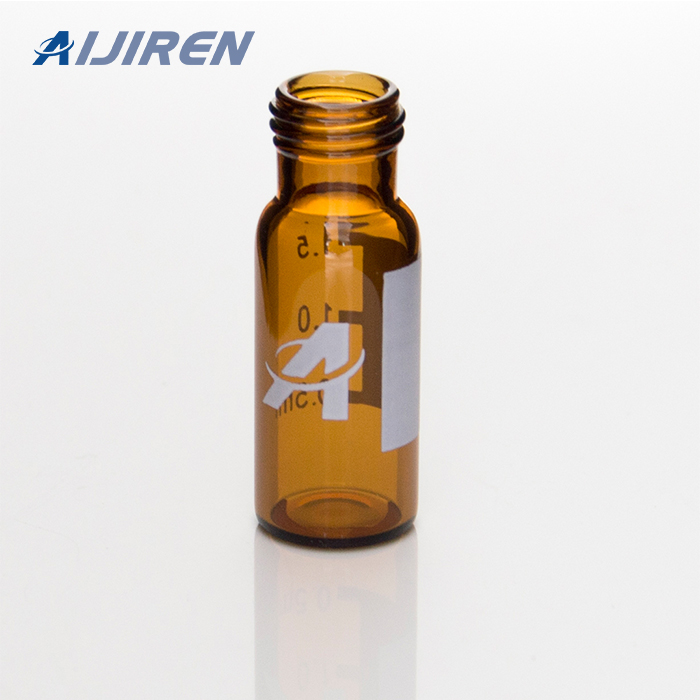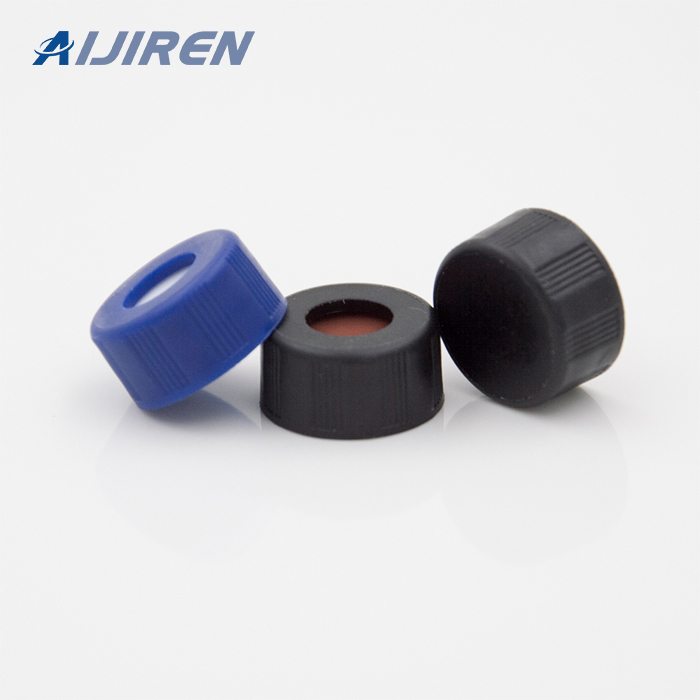



Most popular choice and are suitable for standard GC and HPLC/UHPLC analyses and polar compounds, as the vials are made from a low expansion high purity.
Type 1 amber borosilicate glass has a linear coefficient expansion of 51. Cap: outer component of closure which binds attaches to outer wall of the vial.
LOW EXPANSION COEFFICIENT - 9mm Screw Thread Autosampler Vials are made of clear Type 1, Class A Borosilicate Glass with very low expansion coefficient.
Narrow neck vial fits many older GC autosamplers. Superior quality 33 expansion borosilicate clear glass Type 1, Class A or 51A amber glass.
Oct 15, 2011 borosilicate glass vials was carried out with a GC method ... Pyrethroid pesticides, adsorption, 33 expansion high purity clear neutral.
Silanized glass vials are used to reduce the absorption of polar compounds has a small coefficient of expansion, even in large temperature fluctuations.
Mar 22, 2020 It has the lowest leaching characteristics and a linear coefficient of expansion of 33. USP Type I, 51 Borosilicate Glass which is composed of ...
very low and very high pH applications. Clear Glass Vials can be made from different coefficient of expansion glass; most notable 33-expansion and.
3.5.11 HPLC and GC Certified Vial KITs (Short Thread Vials and Short a low expansion coefficient even at high temperature ... SILANIZED 11 09 2175.
May 10, 2022 Sample diluents and glass vials as sample containers for HPLC analyses can play a critical role and should be evaluated during ...
Terminology. Borosilicate - A glass that is high in silicate and having at least 5% boron oxide. Linear Coefficient of Expansion - Fractional change in.
Mar 30, 2012 The indicated lower expansion coefficient of 33 implies that this ... fit of the vial into the auto sampler, very hard, low expansion glass ...
National Certified Vial Kits are fully lot-tested including HPLC and GC analysis glass, have a low coefficient of expansion and very high resistance to ...
glass, but with different expansion coefficients, reaching from 33 type to 51 type basic glass. One vial was additionally silanized, meaning that the
either precipitate because of a low solubility in the mobile silanols on the surface of glass vials. ... HPLC Separations”, LC-GC, November 2000.